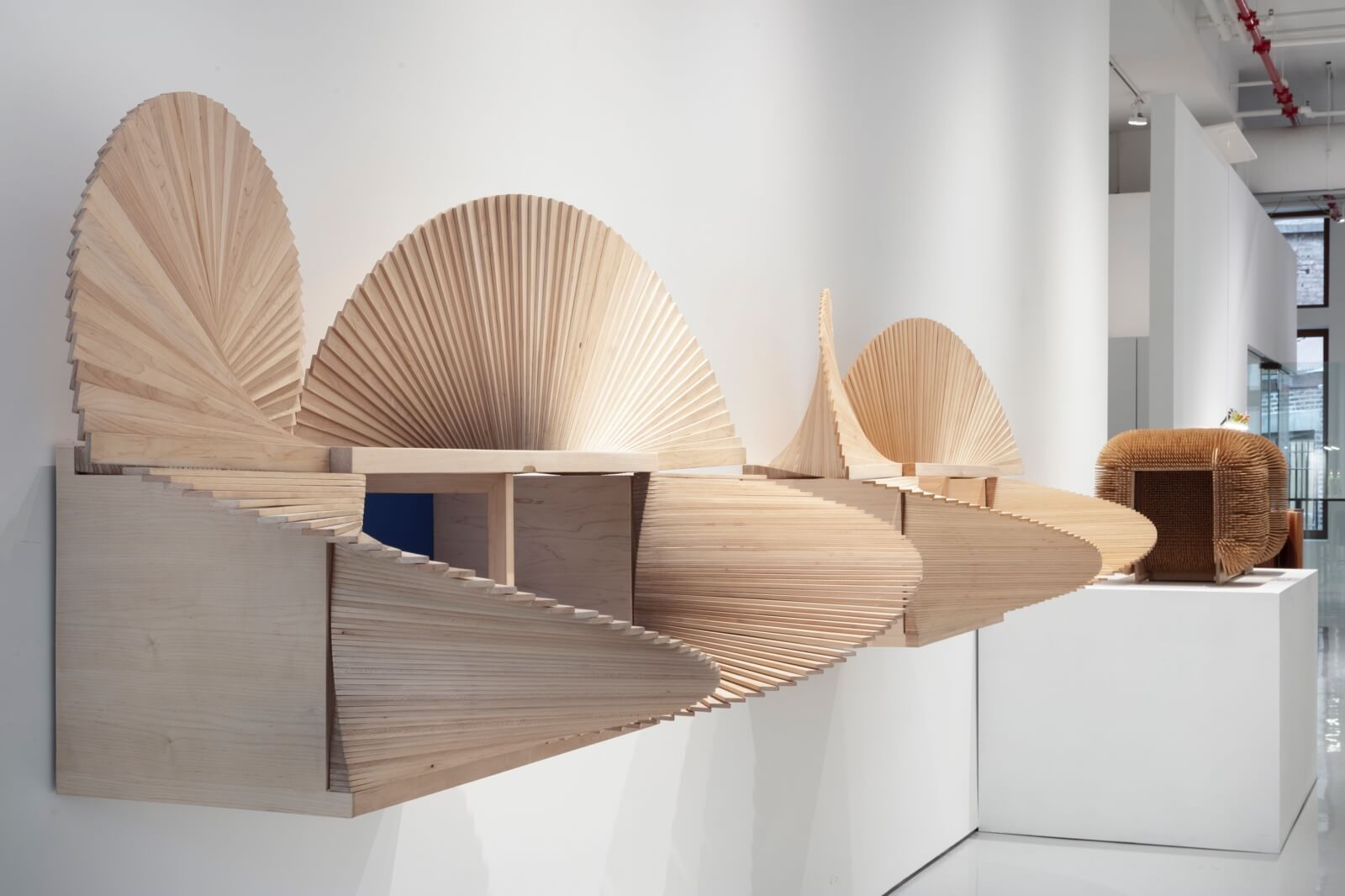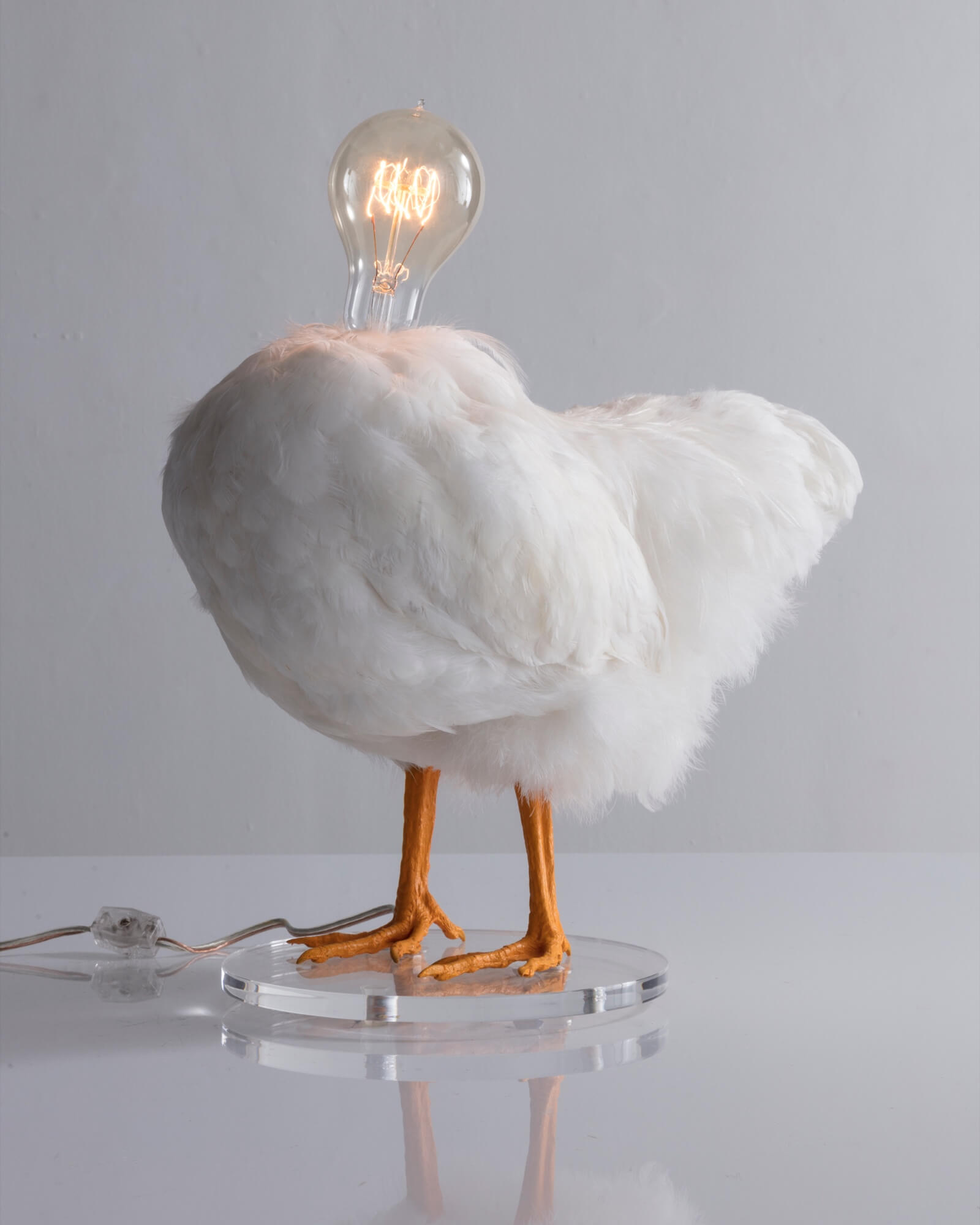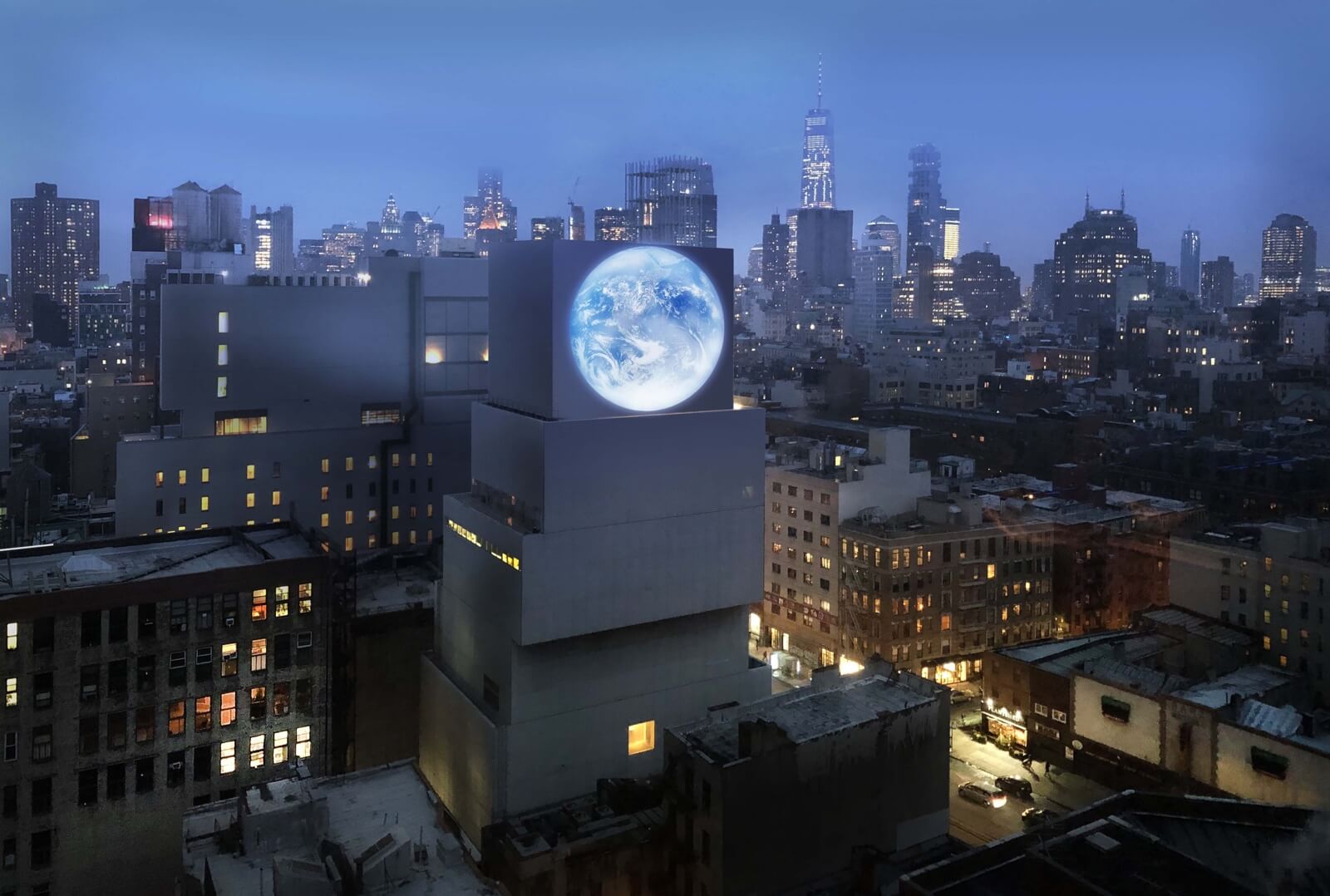Sebastian ErraZuriz / designer
His latest exhibition was a masterpiece of technical ingenuity, as Anna Sansom discovers.
CHILEAN DESIGNER SEBASTIAN ErraZuriz draws on memories of his childhood spent in Santiago and London, to create design imbued with wonder. “There’s something of a refuge in memory and childhood, even if you’re now living another life, finding yourself disconnected from your family and upbringing,” says ErraZuriz, 41, who moved to New York over a decade ago. His first solo show ‘Breaking The Box’ at New York Gallery R&Company, ran in March.

Sebastian ErraZuriz, ‘Fan Cabinet’, 2018
COURTESY: R & Company
All three series of objects presented in that show — ‘Kinetic Cabinets’, ‘Bird Lamps’ and ‘Metamorphosis’ — were inspired by recollections from childhood. The ‘Fan Cabinet’ (2018), for instance, which has two sides which fan outwards up to 180° while the two top sections fan upwards to form semi-circles, takes ErraZuriz back to his grandmother. “She had a Spanish fan with little wooden slats tied together with thin, vinyl string,” he reminisces, “So I thought … what if all those pieces were much thicker and bigger and I could replace the string with an inner mechanism that could tie it all together and make it much more precise?” The entertaining, whimsical quality of the finished cabinet belies the piece’s ingenuity.
Sebastian ErraZuriz, ‘Fan Cabinet’, 2018
COURTESY: R & Company
Born in Chile, ErraZuriz lived in London from the age of six to fourteen. On Sundays his father, who wrote the art curriculum for Chile’s education system, would take him to the National Gallery to critique Turner’s paintings, training his eye. Upon his return to Santiago, ErraZuriz gained a BA in industrial design from the Pontifical Catholic University of Chile, before moving to the US and attaining a MFA from New York University.
From the outset, he has been attracted to limited edition design. “What drew me to collectible design is that it provides the designer with the freedom of working and investigating like an artist,” says ErraZuriz. In his Brooklyn studio, where dozens of drawings are tacked to the wall behind his desk, ErraZuriz explains that to create his ‘Fan Cabinet’ he first sketched shapes, mechanisms and rotating points before defining them on his computer. The next step was creating 3D models to test out the combinations that could be achieved by using 180° and 360° movements. “We wanted to find the combination that would be complex enough to be slightly mesmerising and surprising, yet simple enough to feel like a quick, magical act,” he elucidates.
Sebastian ErraZuriz, ‘Grand Complication’, 2018
COURTESY: R & Company
By the time the prototype was completed, the exploratory process had taken a year. Although ErraZuriz found it incredibly difficult to use wood and obtain the required level of precision, he deemed it the only suitable material. “What interests me is that people in Japan, Denmark or Brazil have been making wooden furniture over the course of history,” he says. “Having an idea represented in its purest, simplest form so that it can be non-classifiable from a temporal and cultural perspective is key.”
ERRAZURIZ SEES HIS vast, 6,000 square foot studio as a playground that allows him to work on around 40 projects concurrently. Ideas from non-furniture design commissions seep into his furniture projects and vice versa. His collaboration with Audemars Piguet (the Swiss haute horlogerie company) on Art Basel’s VIP lounges, inspired the ‘Grand Complication’ mahogany cabinet. A homage to the hidden complexity of master watchmakers’ timepieces, its walls pivot to reveal ten small magnetic drawers that swing open to expose multiple inner compartments. As with the ‘Fan Cabinet’ and ‘Spin Cabinet’, ErraZuriz was aiming for a “How did he do that?” reaction from his viewers.
What unites these pieces is ErraZuriz desire to “deconstruct the paradigm” that a cabinet should simply be a box with two doors. There’s that sense of wonder, too, with ‘The Space Between the Void’ (Kaleidoscope Cabinet), a walnut cabinet that opens to reveal mirrored kaleidoscopes, and the ‘Magistral Chest’ (2014-2018), encased in a spiny exterior, that was inspired by collecting conkers. “We used to fight with conkers as kids by putting a string through their centre, and I always loved how that prickly element from the horse chestnut trees protected the treasurable element inside,” he says, smiling. Conveying that sensation meant mounting thousands of thin corn dog skewers and using a CNC cutter for the cabinet’s curved edges, thus fusing advanced technology and traditional craft.
“Sebastian’s mechanical furniture is what I call ‘post-post-modern’,” says James Zemaitis, R & Company’s museum relations director. “When you first see the works in the closed position, they look like modernist boxes in the style of Florence Knoll, or Hans Wegner. But the craftsmanship of the mechanisms and the showmanship involved in the act of opening them is reminiscent of 18th-century French masterworks by [Jean-François] Oeben and [Jean-Henri] Riesener on display at the Metropolitan Museum of Art.”
Other pieces are more directly evocative of nature, such as the lacquered wood ‘Metamorphosis Table’ (2015) and ‘Metamorphosis Bench’ (2018), both resting on a branches-like base. One of ErraZuriz’s most enchanting pieces is the ‘Bird Chandelier’ that has dozens of brightly coloured, taxidermy budgerigars, parrots, cockatoos and finches teetering on the tips of the crystal elements. It’s an encounter between decorative arts and sculpture, whilst reflecting on mortality. Following the first iteration 2015, ErraZuriz has been enlarging the scale and enhancing its exuberance, exaggerating the tangling of the crystals and and the density of the birds. It was inspired by how tropical birds would fly into his grandmother’s living room, impaling themselves on the chandelier, or hitting the glass. “What I love about taxidermy is working with a material that was once alive,” remarks ErraZuriz, who has recently made a range of bird lamps including taxidermied hens.

Sebastian ErraZuriz, ‘Chicken Lamp’, 2014
COURTESY: R & Company
IT IS THIS combination of imagination and technical perfectionism that led to the designer becoming the second living South American artist to have work auctioned at Sotheby’s Important Twentieth Century Design in 2006 in New York (where his bowl dining table and ten chairs in plywood fetched $15,600). “There’s a high level of investment in terms of time and dedication, nevertheless the price tends to be high enough so that it pays off,” he reflects.
He adds, “The fact that the result is only enjoyed by a few people is unfortunate.” For this reason, ErraZuriz also channels his energy into public art and digital platforms. In March, for instance, he made an outdoor sculpture – ‘blu Marble’ – in New York depicting a live video stream of the Earth from a NASA satellite in space that was visible for one month, including a one-night display on the facade of the New Museum.

Sebastian ErraZuriz, ‘blu Marble’, 2019
COURTESY: Sebastian ErraZuriz
Right now, ErraZuriz is focusing less of his energy on furniture design and more in his Cross Lab venture – a second studio fusing art, technology, design and communications founded in 2017. Essentially, it’s an augmented reality platform “for future creatives” in Silicon Valley and intended to be a way to challenge the big beast corporations. “Rather than another corporation creating these platforms and dictating the way we live, I’d rather partner with friends and other people I trust to create a more benign system that supports creators for a fairer exchange to happen,” ErraZuriz explains.
For his fans, it could be disappointing news that ErraZuriz’s design work is taking a back seat. “I’ve pretty much made everything I want to create,” he admits. But the playfulness of sculptural design will keep luring him back. “I love the personal side of making cabinets … for me it’s almost like doing a crossword puzzle,” he chuckles.
R & Company – representing a distinguished group of 20th and 21st century designers.



